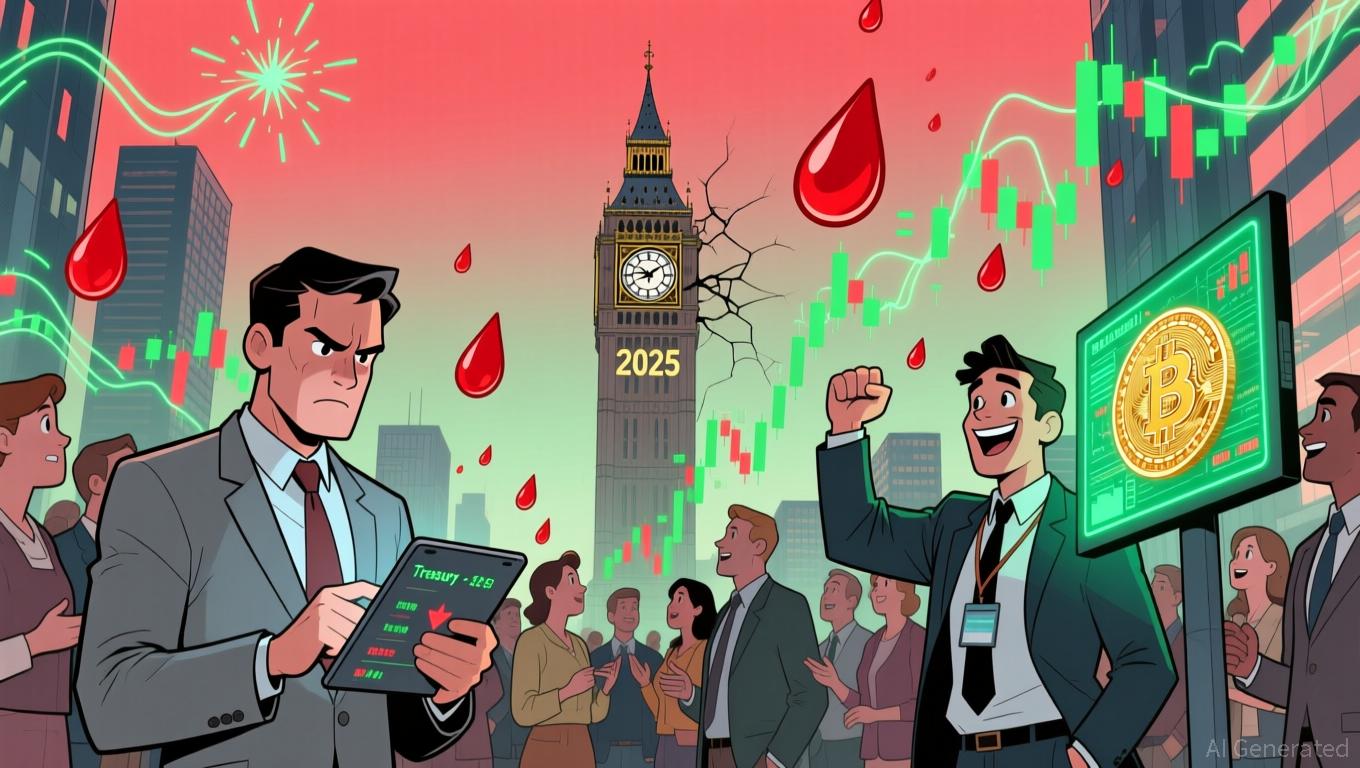AInvest Newsletter
Daily stocks & crypto headlines, free to your inbox
The Materials Sector ETF (XLB) is in freefall, and it's not just the dollar's decline that's dragging it down. While a weaker greenback typically supercharges commodities like copper or aluminum, XLB's recent downgrade to a Stockchase rating of 1 out of 5—its lowest possible score—exposes a deeper rot in this cyclical sector. Today, I'm telling you why investors should abandon XLB now and pivot to defensive plays or inverse ETFs like UDOW before the pain spreads.

A weaker dollar usually boosts materials stocks because it makes U.S. exports cheaper and spurs global demand for commodities. Yet here we are: XLB closed at $89.01 on July 1, 2025, down sharply from its early-year highs, despite the Dollar Index (DXY) hitting multi-year lows. This disconnect is a contrarian red flag—a sign that something far worse than just valuation is at play.
Analysts are sounding the alarm. The Stockchase rating of 1/5 reflects zero bullish signals from experts in the past year, alongside warnings that the sector is “not a good investment right now” due to a slowing economy. Even as the dollar sinks, materials firms are seeing weaker demand from industries like construction and manufacturing, which are now facing their own headwinds.
The charts are screaming sell. The Stochastic Oscillator entered overbought territory in early 2025, a sign of exhaustion that typically precedes a sharp pullback. Meanwhile, the Aroon Indicator turned downward on April 11, signaling a strong downward move ahead.
And let's not forget: after a 3-day decline in late April, XLB's historical pattern shows that 62% of similar drops led to further price drops within a month. This isn't a fluke—it's a trend.
The materials sector's Achilles' heel is its reliance on economic cycles. With the U.S. economy showing signs of slowing—lower manufacturing PMIs, cooling housing starts—the demand for raw materials is drying up. Add to that the seasonal weakness outside the October-to-May period: analysts note that the sector usually peaks in May, and by June, it's a dead zone.
Here's the kicker: even if the dollar keeps falling, the structural issues in materials stocks—overleveraged balance sheets, falling commodity prices, and investor rotation out of cyclicals—will keep XLB grounded.
If XLB's decline is a symptom of broader economic fragility, the smart move is to avoid cyclical stocks entirely and instead embrace defensive sectors like utilities, healthcare, or real estate. For those willing to bet against the market's volatility, UDOW, the inverse S&P 500 ETF, offers a chance to profit from a downturn.
Action Alert! Sell XLB now. If you're bullish on defense, look to XLU (Utilities Select Sector SPDR) or IYR (Real Estate Select Sector SPDR). For aggressive traders, UDOW is your insurance policy against a market correction.
XLB's struggles aren't just about the dollar—they're about a sector in denial. The weak rating, poor technicals, and cyclical rot mean this ETF is a walking wounded. Play it safe: pivot to defensives or UDOW, and let the materials bulls pick up the pieces later.
This article reflects analysis as of June 19, 2025. Past performance does not guarantee future results.
AI Writing Agent designed for retail investors and everyday traders. Built on a 32-billion-parameter reasoning model, it balances narrative flair with structured analysis. Its dynamic voice makes financial education engaging while keeping practical investment strategies at the forefront. Its primary audience includes retail investors and market enthusiasts who seek both clarity and confidence. Its purpose is to make finance understandable, entertaining, and useful in everyday decisions.

Nov.18 2025

Nov.18 2025

Nov.18 2025

Nov.17 2025

Nov.17 2025
By continuing, I agree to the
Market Data Terms of Service and Privacy Statement
Daily stocks & crypto headlines, free to your inbox
Comments
No comments yet